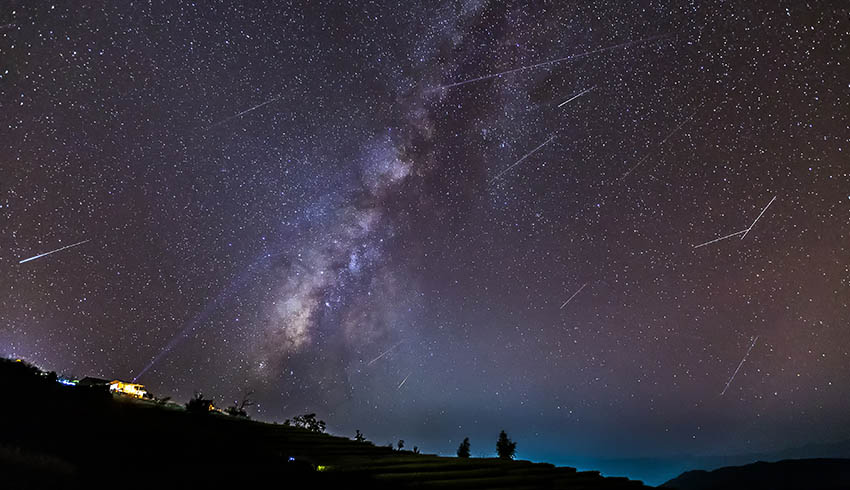
The observatory will be the first of its kind in the southern hemisphere and will provide critical data for Australian and international space users to help them more effectively detect, track and monitor space objects from low-Earth orbit to geosynchronous orbit.
Dr James Palmer, chief executive of Silentium Defence, said, "South Australia is the ideal location for an observatory of this kind, uniquely positioned on the cusp of one of the world’s few dark-sky reserves.
"As the number of objects in low-Earth orbit continues to increase and space becomes more congested and contested, the need for continuous detection and tracking is critical to help keep space users and assets safe."
Announced today by Minister for Industry, Science and Technology Karen Andrews, the project received grant funding from the Australian Space Agency’s 'International Space Investment: Expand Capability grant' and will combine two complementary Australian developed space sensors.
The Silentium Defence MAVERICK S-series passive radar for wide-area-monitoring of objects in low-Earth orbit and the Astrosite Mobile Observatory developed by the International Centre for Neuromorphic Systems (ICNS) at Western Sydney University for detection and tracking of objects from low-Earth orbit to geosynchronous and other orbital regimes.
"To be able to provide that capability from Australia for the international space community, using local skills and local technology is an exciting step in defining our nation’s role in the fast-growing industry," Dr Palmer added.
Professor Andre van Schaik, director of ICNS at Western Sydney University said the use of innovative multi sensing technologies is an Australian first approach to space imaging.
"We have developed a dynamic imaging system that runs faster, computes more efficiently, uses far less power and needs less data than ever before. The Astrosite can capture objects in space with unprecedented temporal resolution, making space a safer place," Professor van Schaik said.
The Silentium Defence MAVERICK S-series system is the world’s first commercial-scale passive radar for space situational awareness (SSA) and addresses demand for high-performance sensor systems in the US$1.44 billion global SSA market.
It detects and tracks objects, measures range and rate of movement, and derives orbits of objects in low-Earth orbit regardless of weather, visibility or time of day.
The combined data from both systems will allow for more effective detection and tracking of current ‘known’ objects in orbit, as well as capability for orbital prediction on newly detected objects. This ability helps address the gap in local and international object cataloguing for safe and sustainable use of space.
International partner, the Swedish Space Corporation, will combine observations from its northern hemisphere location to complement southern hemisphere detections and assist with more effective, continuous object tracking across a wider arc of space.
Works are due to commence on the observatory by September 2020 with a target date for completion, operation, and data collection beginning in July 2021.
Receive the latest developments and updates on Australia’s space industry direct to your inbox. Subscribe today to Space Connect here.









